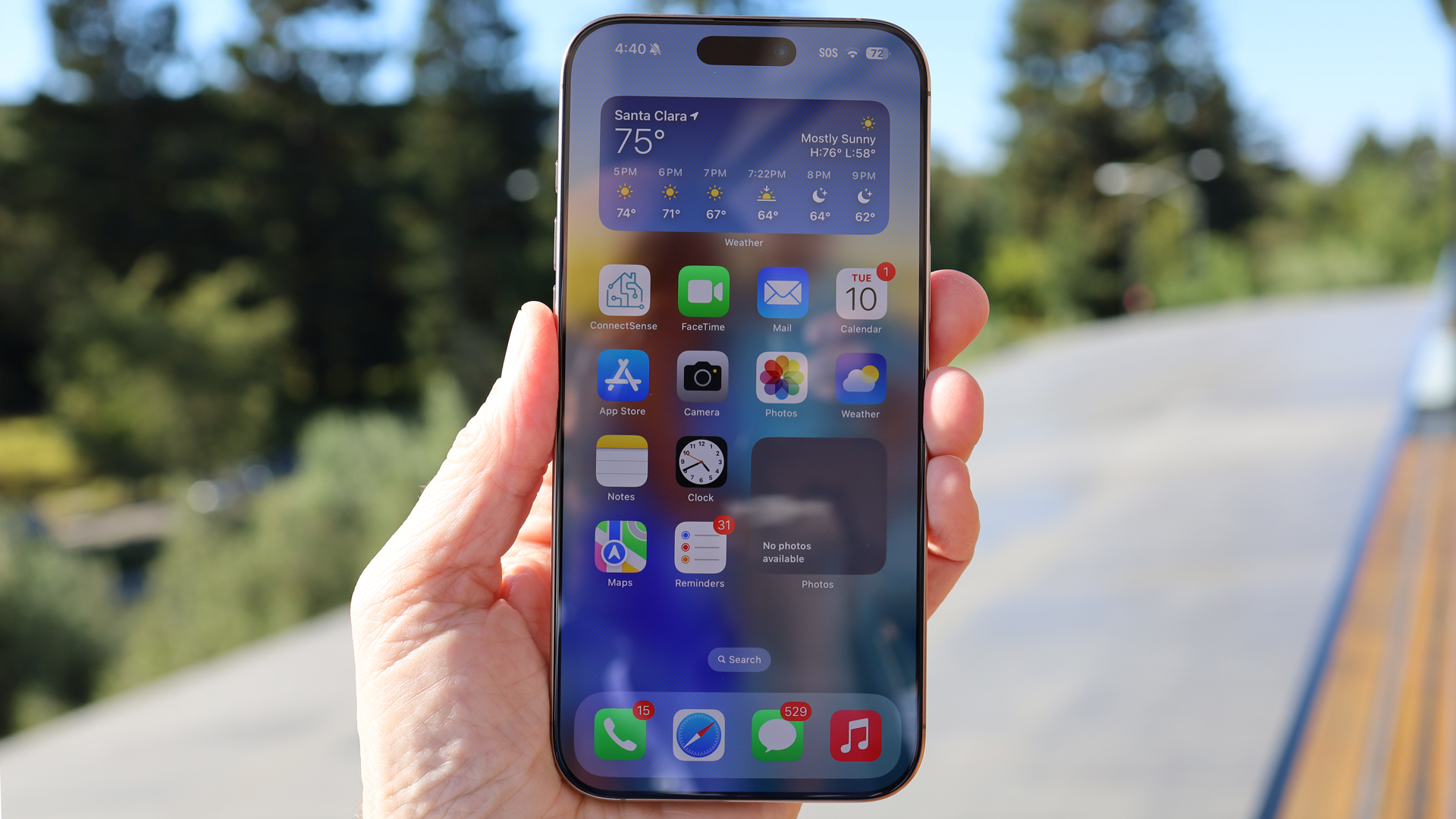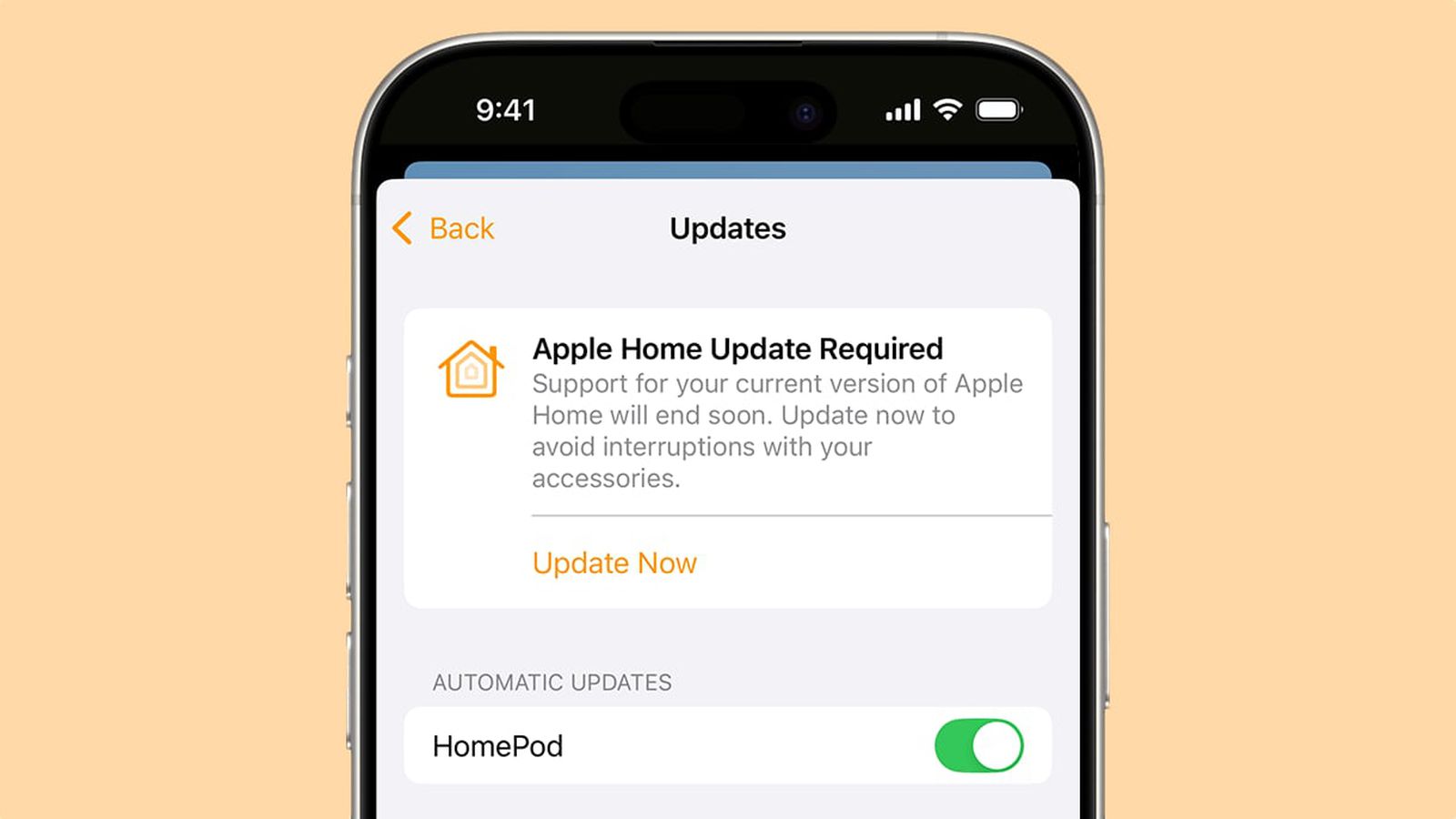JavaScript Closure Simplified
Have you ever wondered how JavaScript functions can "remember" things even after they've finished running? That’s the magic of closures, and today we’ll break it down with a simple use case: building a custom counter function. We’ll touch on key concepts like function factories and state persistence to bring this idea home. Closures: In JavaScript, a closure is created when an inner function keeps access to variables defined in its outer function, even after the outer function has returned. For example, in our counter, a variable count is defined inside makeCounter(). The inner function (the actual counter) uses this variable. Thanks to the closure, the count is not lost when makeCounter() finishes, the counter function still remembers it. Function Factory: One Function, Many Counters Think of makeCounter() as a factory. Every time you call it, it gives you a brand new counter, like a fresh instance with its own private count. Each counter is completely independent. State That Sticks(State Persistence) The beauty of closures is state persistence. Since count is part of the closed-over scope, it keeps its value between function calls. That’s what allows the returned function to keep incrementing the same number, step by step. The key takeaway: even though makeCounter() is finished, the returned function still has access to everything defined inside it. That’s the closure in action, enabling encapsulation, memory, and a clean way to manage state without global variables. Closures aren’t just cool, they’re powerful. Once you understand them, you’ll start seeing them everywhere in JavaScript. And best of all, they make patterns like private counters, once complex, totally natural.

Have you ever wondered how JavaScript functions can "remember" things even after they've finished running? That’s the magic of closures, and today we’ll break it down with a simple use case: building a custom counter function. We’ll touch on key concepts like function factories and state persistence to bring this idea home.
Closures:
In JavaScript, a closure is created when an inner function keeps access to variables defined in its outer function, even after the outer function has returned.
For example, in our counter, a variable count is defined inside makeCounter(). The inner function (the actual counter) uses this variable. Thanks to the closure, the count is not lost when makeCounter() finishes, the counter function still remembers it.
- Function Factory: One Function, Many Counters Think of makeCounter() as a factory. Every time you call it, it gives you a brand new counter, like a fresh instance with its own private count. Each counter is completely independent.
- State That Sticks(State Persistence) The beauty of closures is state persistence. Since count is part of the closed-over scope, it keeps its value between function calls. That’s what allows the returned function to keep incrementing the same number, step by step.
The key takeaway: even though makeCounter() is finished, the returned function still has access to everything defined inside it. That’s the closure in action, enabling encapsulation, memory, and a clean way to manage state without global variables.
Closures aren’t just cool, they’re powerful. Once you understand them, you’ll start seeing them everywhere in JavaScript. And best of all, they make patterns like private counters, once complex, totally natural.






































































































































































![[The AI Show Episode 145]: OpenAI Releases o3 and o4-mini, AI Is Causing “Quiet Layoffs,” Executive Order on Youth AI Education & GPT-4o’s Controversial Update](https://www.marketingaiinstitute.com/hubfs/ep%20145%20cover.png)




























































































































![Ditching a Microsoft Job to Enter Startup Purgatory with Lonewolf Engineer Sam Crombie [Podcast #171]](https://cdn.hashnode.com/res/hashnode/image/upload/v1746753508177/0cd57f66-fdb0-4972-b285-1443a7db39fc.png?#)
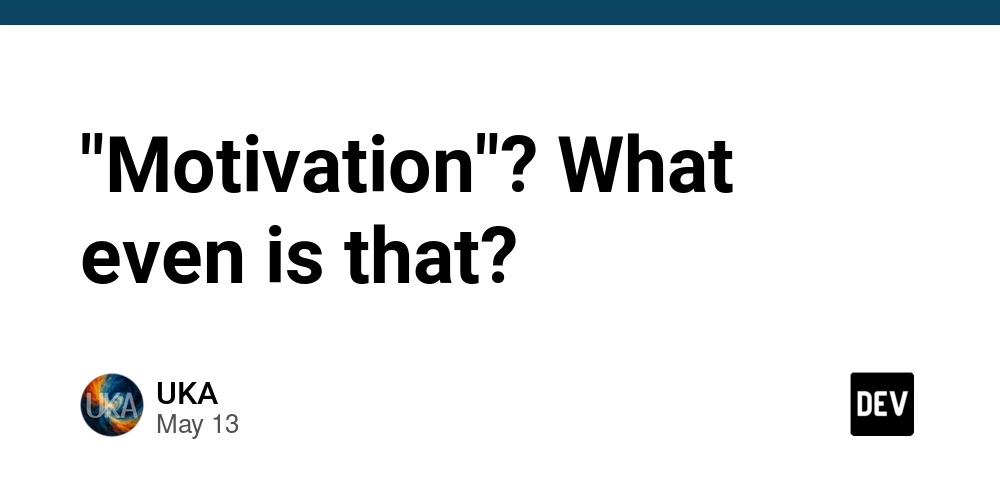

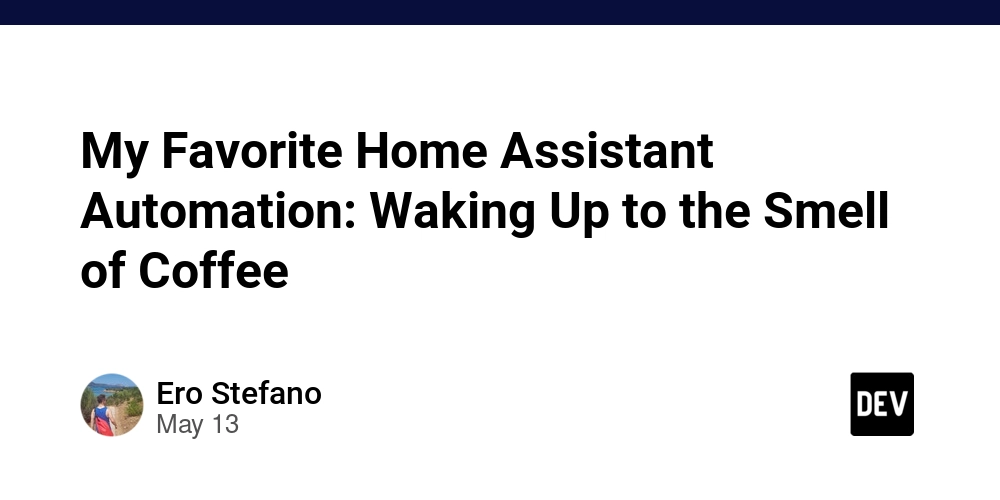










































































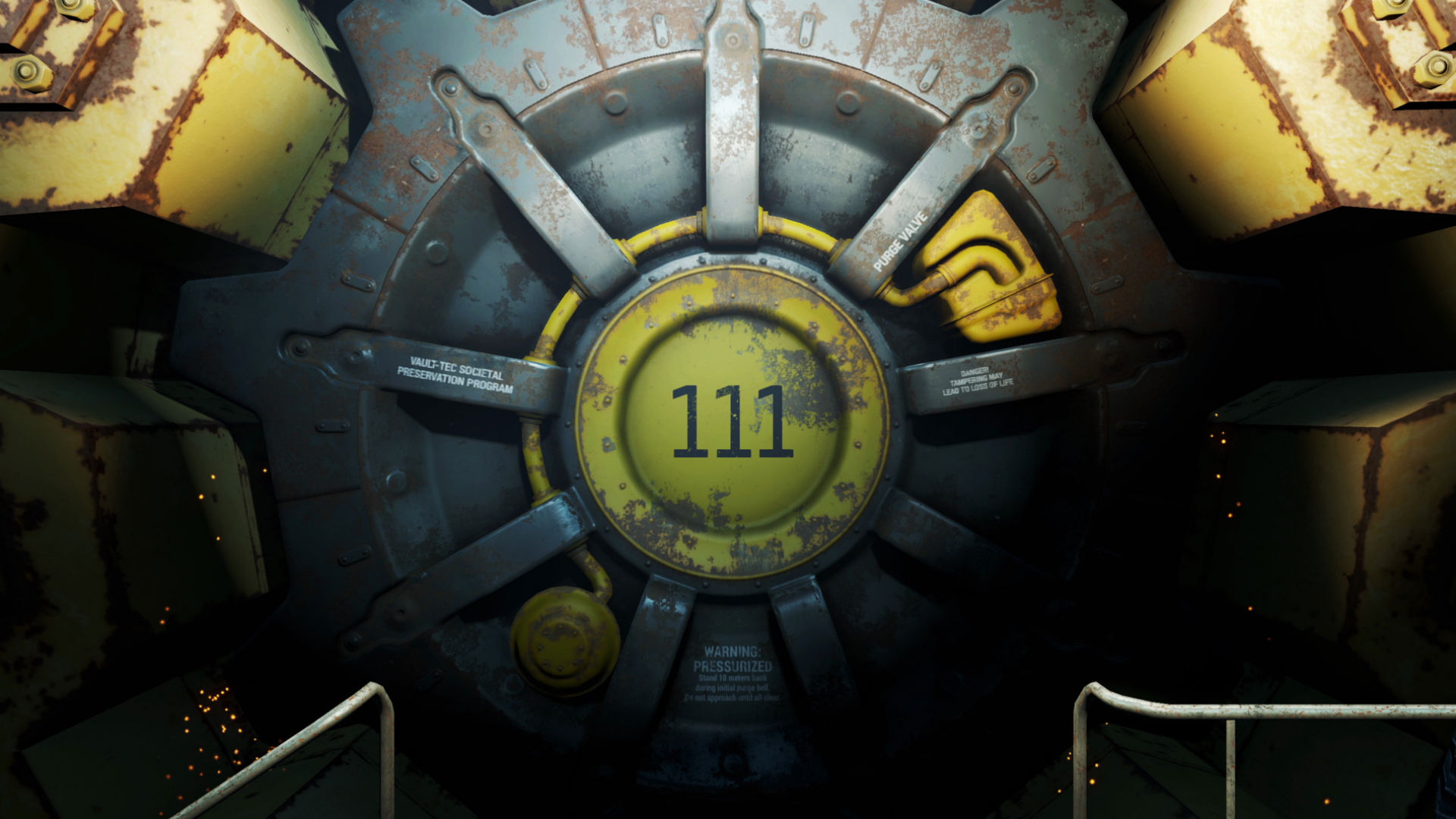




























































_Piotr_Adamowicz_Alamy.jpg?width=1280&auto=webp&quality=80&disable=upscale#)








































































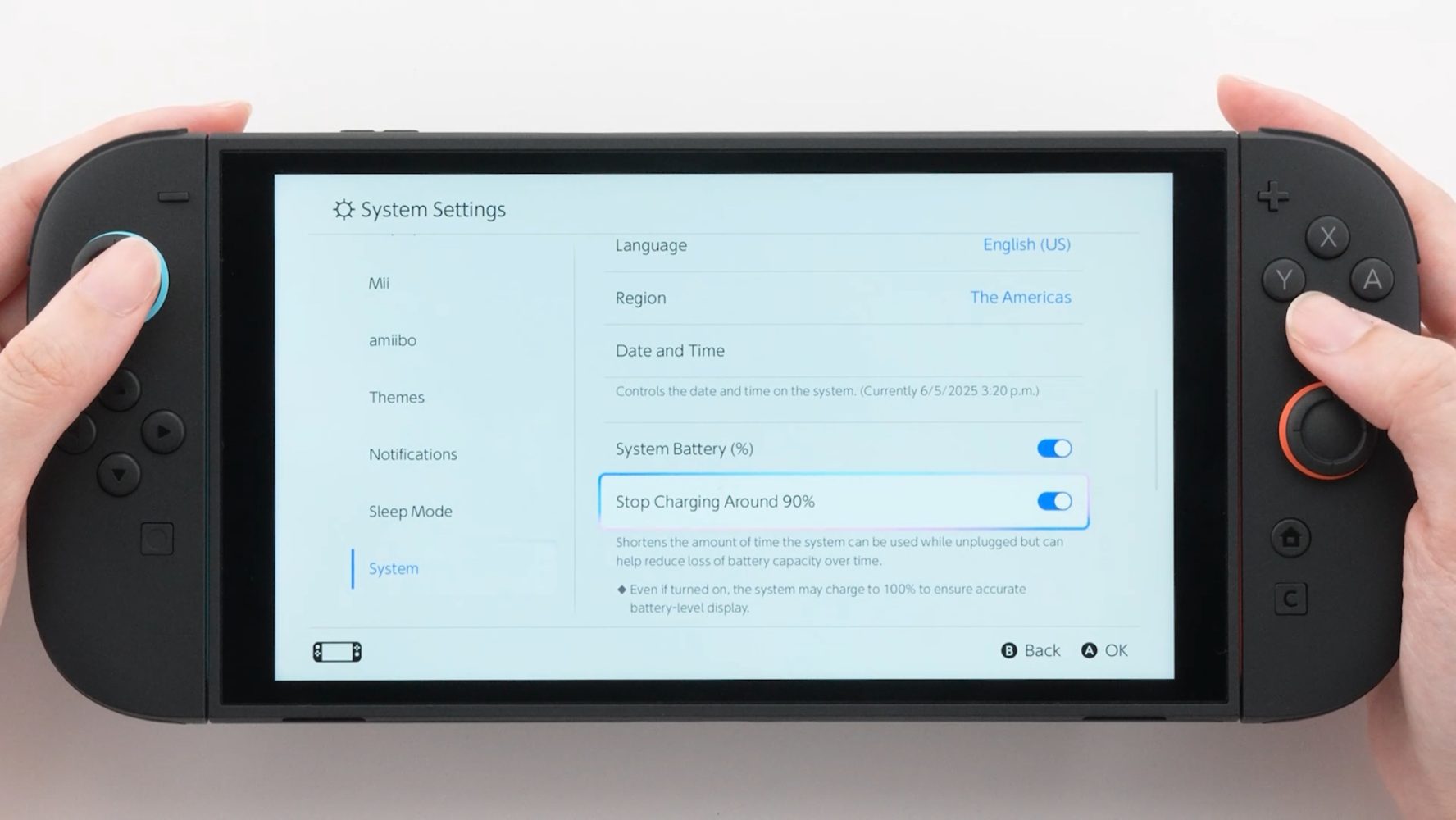








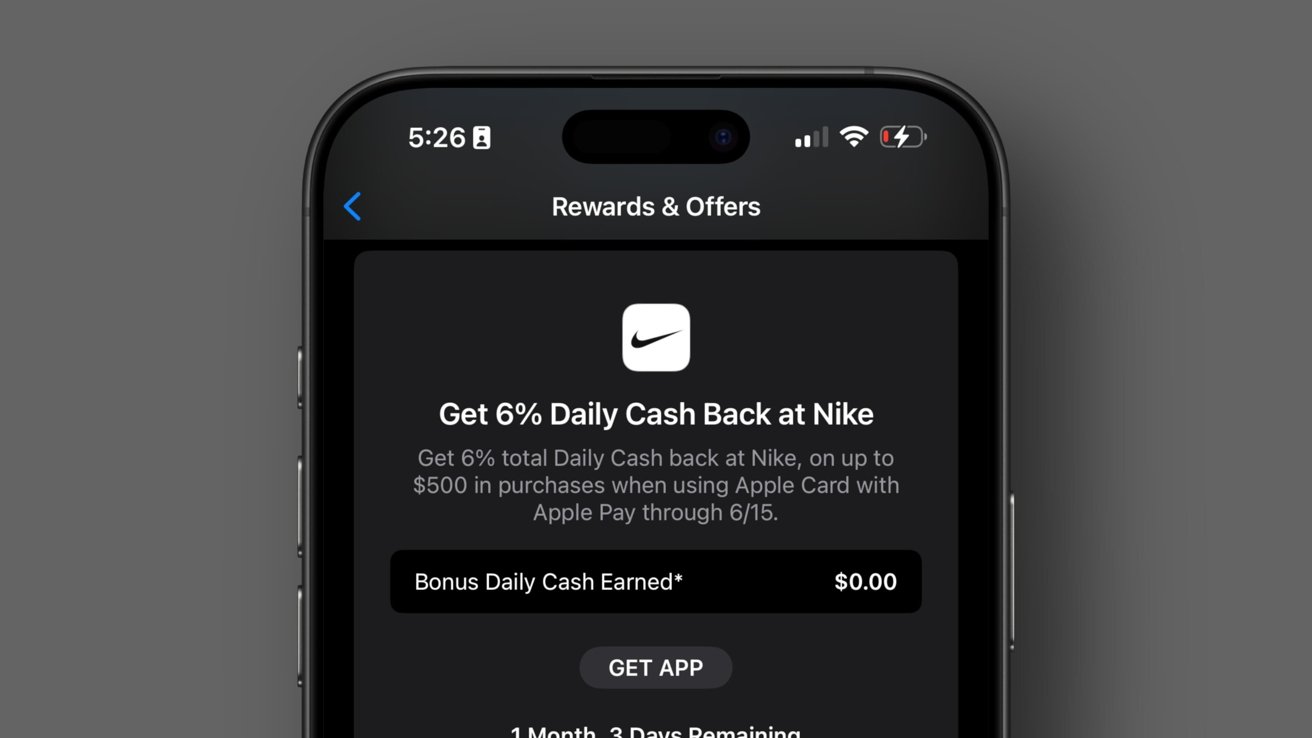






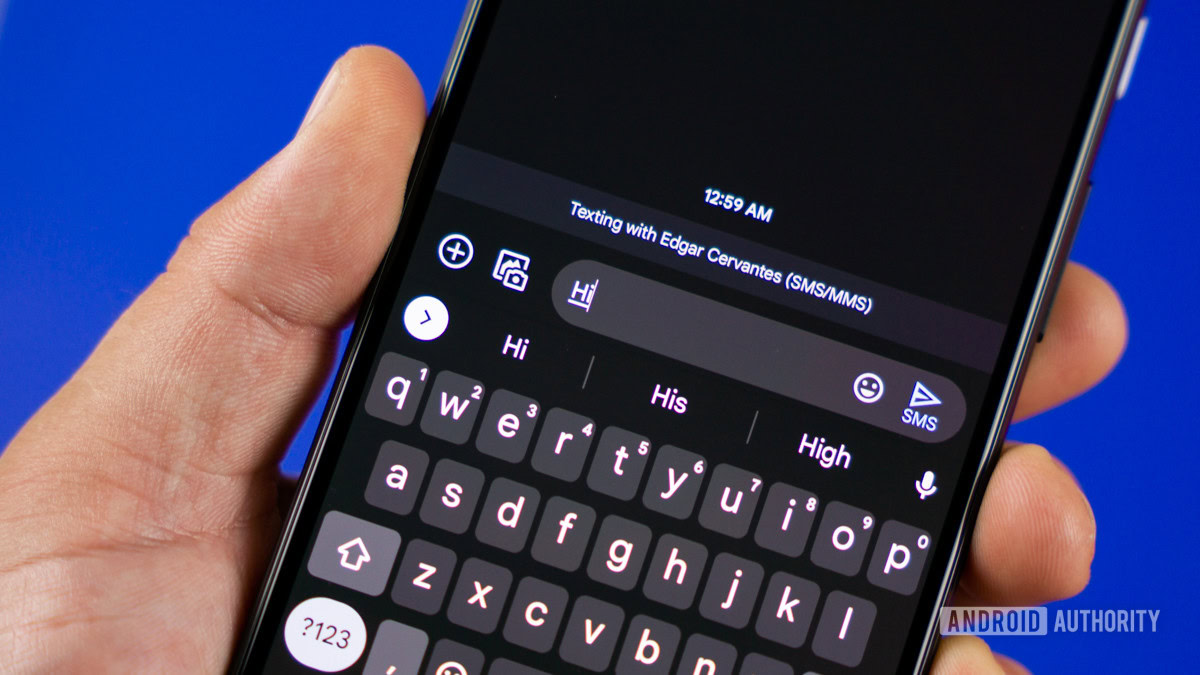
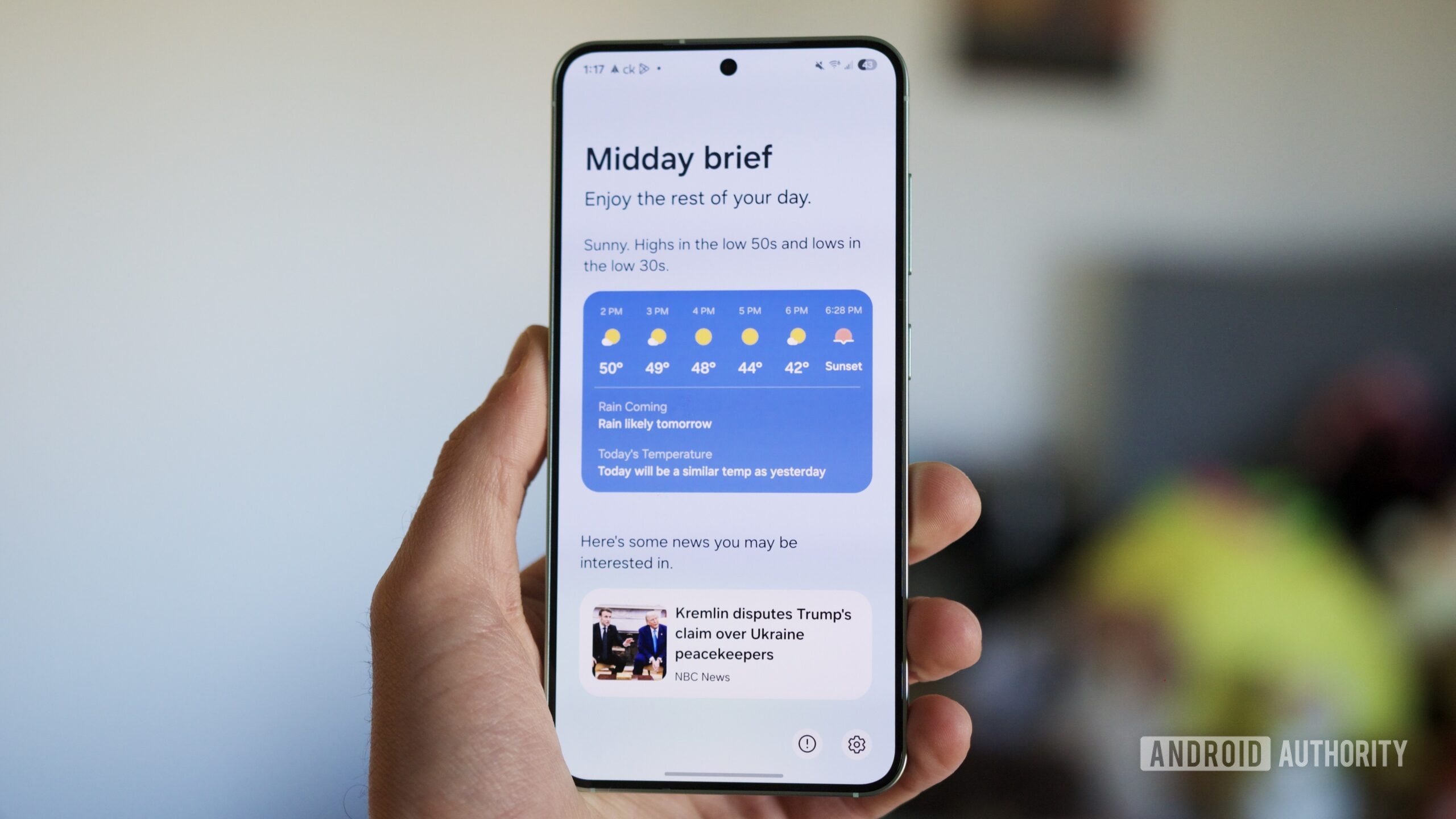




















![Samsung's New Galaxy S25 Edge Takes Aim at 'iPhone 17 Air' [Video]](https://www.iclarified.com/images/news/97276/97276/97276-640.jpg)
![Apple to Launch AI-Powered Battery Saver Mode in iOS 19 [Report]](https://www.iclarified.com/images/news/97309/97309/97309-1280.jpg)

![Apple Officially Releases macOS Sequoia 15.5 [Download]](https://www.iclarified.com/images/news/97308/97308/97308-640.jpg)
















